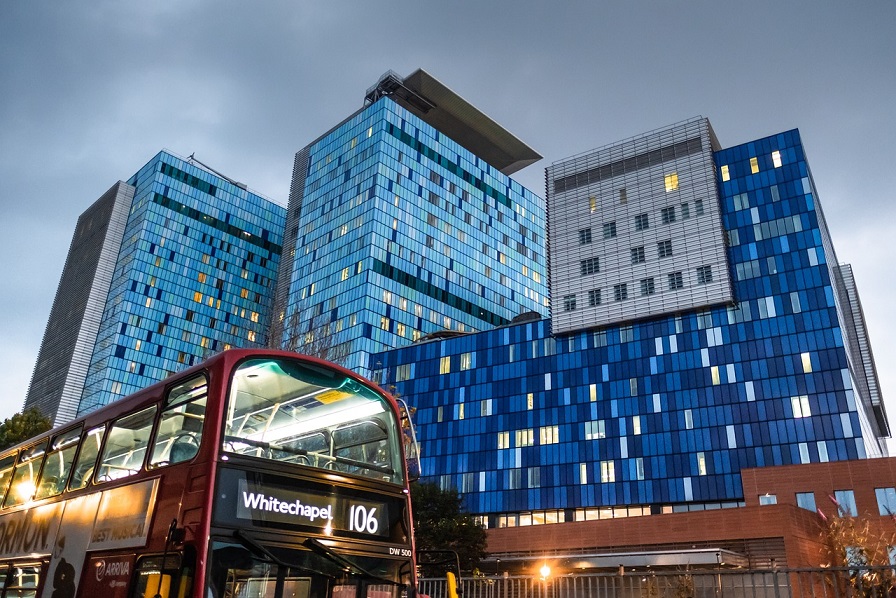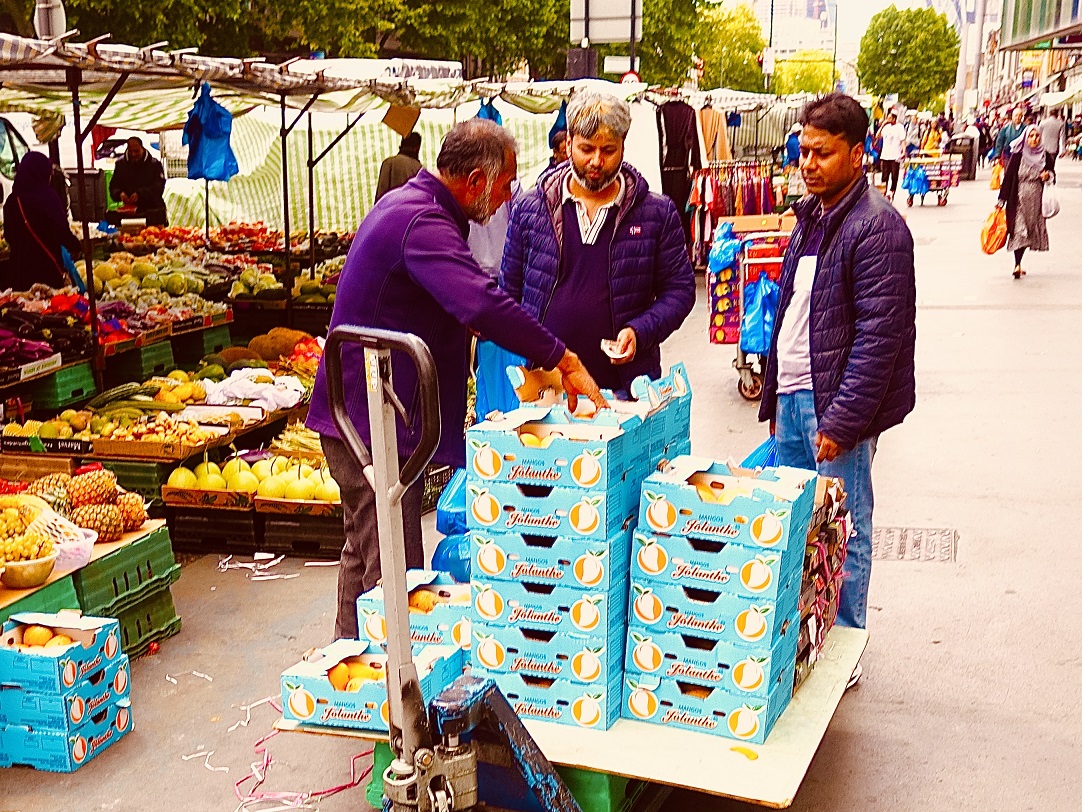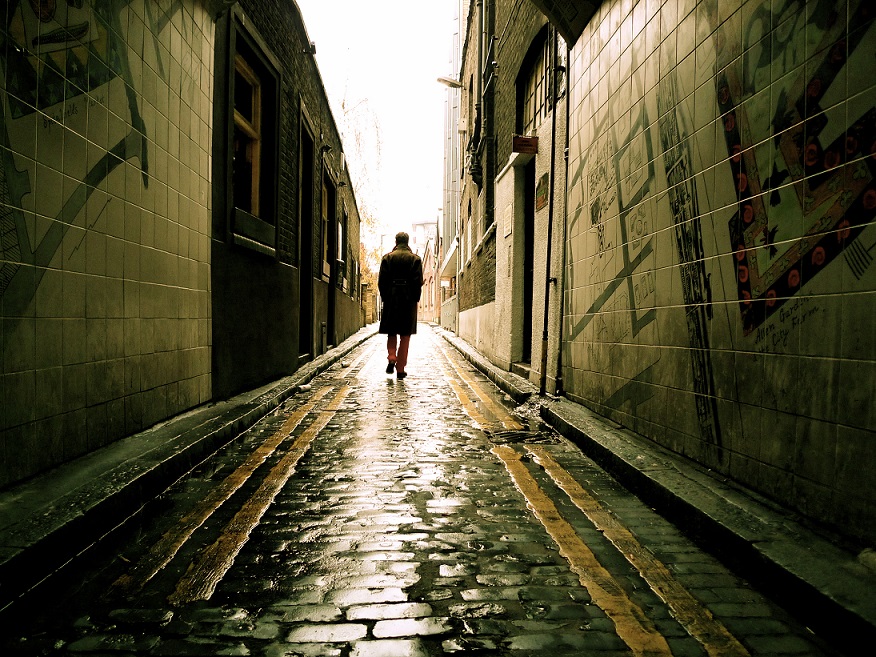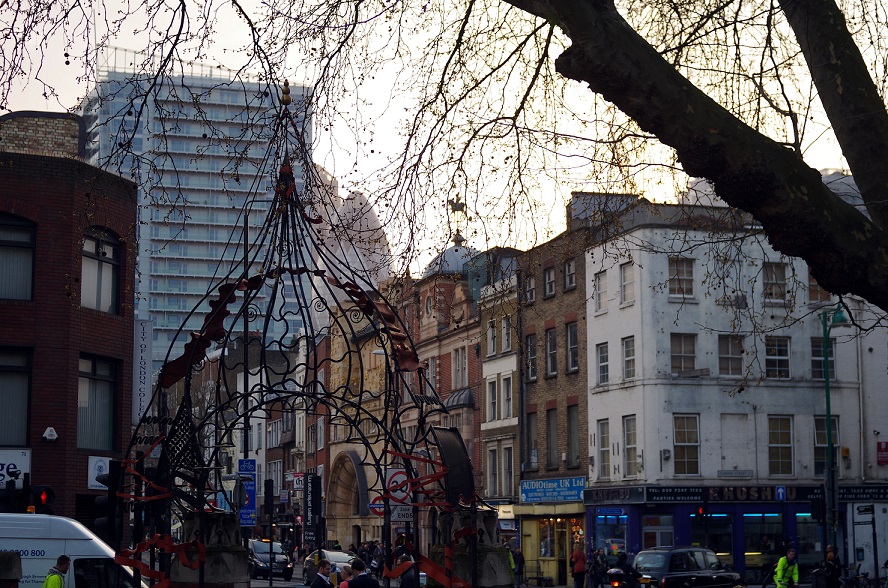During the final years of the 19th Century it was the scene of the crimes of Jack the Ripper. It has since become a peaceful and picturesque area inhabited, mostly, by the Pakistani and Bangladeshi communities of London.

Benjamin Serra
Anyone who takes the District or Hammersmith & City lines on the London underground in the morning and arrives at Whitechapel Station, will be greeted with the sight of a long line of street stalls where you can find anything from fruits, vegetables and fish, to clothes, phone accessories and household goods.
This is Whitechapel Street Market, an area which falls into the borough of Tower Hamlets, in East London. A bustling market full of life where the neighbours buy at multiple stores arranged along the main street which runs through the area, Whitechapel Road.
It is one of the curiosities that marks this area that this very street is included in many of the English editions of the famous game Monopoly, as the second cheapest street after Old Kent Road.
The name of the area has its origin in an ancient chapel, devoted to the Virgin Mary, which was destroyed during the Second World War.
Since the first half of the 20th Century, the area has become a destination for numerous immigrant families who moved to the city from countries such as Pakistan and Bangladesh.

Proof of this is the large number of shops and restaurants run by people from these countries and the intense smell of curry and other spices in the streets.
The area has always been an arrival point for the various immigrants who came to the capital of the UK. Previously, the Irish and the Jewish were some of the resident communities in this neighbourhood of East London. However, nowadays, Islam is the most prominent religion, which is why the East London Mosque is located in Whitechapel.
Asian immigrants inhabit the area with a large number of young professionals and students of all countries studying at the nearby Queen Mary University of London, in the neighbouring area of Mile End.
But it has not always been a calm and peaceful area. Whitechapel, at times a London suburb characterized by poverty, was marked during 1888 by the crimes of the famed, unidentified serial killer, Jack the Ripper. In fact, he also became known as ‘The Killer of Whitechapel’.
The murderer took the lives of five women who engaged in prostitution in the area, and possibly the life of one more although this has never been confirmed.

Despite the crimes, where he savagely strangled and mutilated his victims, he was never captured and brought to justice thus spreading panic in the streets of the poor and suburban Whitechapel at the end of the 19th Century.
Even today, many of the streets preserve names from Victorian times and it is easy to find some of the places where these murders occurred, such as Osborn and Hanbury Street whose roads are now lined with shops and houses. And also the local ‘The Ten Bells’ pub, which existed back then and was frequented by some of his victims, and presumably even by Jack himself.
Although a lot of time has passed since the early days of this area and it has been regenerated numerous times, there are places and older buildings that still retain a historic charm.
One of these is the Whitechapel Bell Foundry, established in 1570 and the oldest bell foundry in London, where the bells of Westminster Abbey and the clock tower of the British parliament, the famous Big Ben, were made.
But there is not only tradition in Whitechapel. Walking along one of its streets, before arriving at Aldgate, it is not difficult to find yourself among people of all types and extravagant styles, with graffiti decorating the walls and fashion shops. This is Brick Lane, cultural heart of East London, famous for its nightlife.

Previously known as Whitechapel Lane, its name was changed after bricks and other building materials were produced there.
It is here that you can find, within the predominantly Bangladeshi community, a multicultural mix of lifestyles, from indies to punks, all living together.
All these characteristics make Whitechapel an exciting district of constant change which make it the heart of East London. A heart that beats to the rhythm of various languages, nationalities and cultures.
(Traducido por Rory Mulloy)












.jpg)












